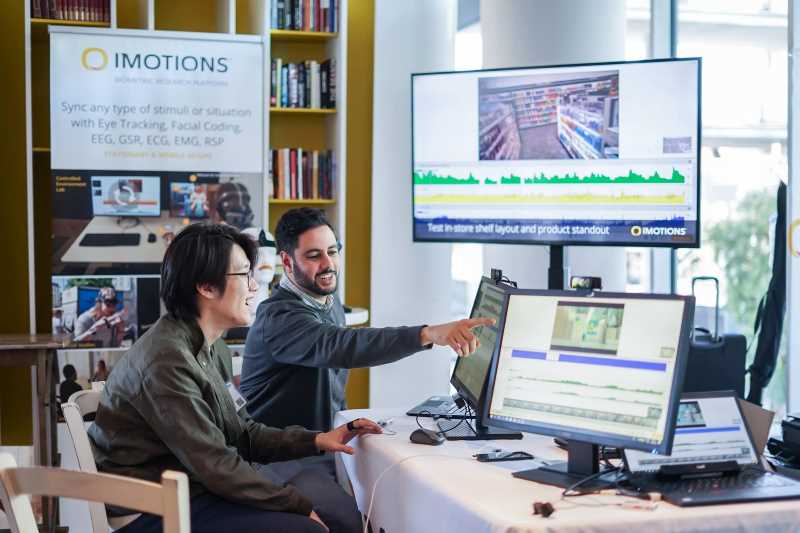Learning experiences are intertwined with emotions, which in turn have a significant effect on learning outcomes. Therefore, digital learning environments can benefit from taking the emotional state of the learner into account. To do so, the first step is real-time emotion detection which is made possible by sensors that can continuously collect physiological and eye-tracking data. In this paper, we aimed to find features derived from skin conductance, skin temperature, and eye movements that could be used as indicators of learner emotions. Forty-four university students completed different math related tasks during which sensor data and self-reported data on the learner’s emotional state were collected. Results indicate that skin conductance response peak count, tonic skin conductance, fixation count, duration and dispersion, saccade count, duration and amplitude, and blink count and duration may be used to distinguish between different emotions. These features may be used to make learning environments more emotionally aware.







